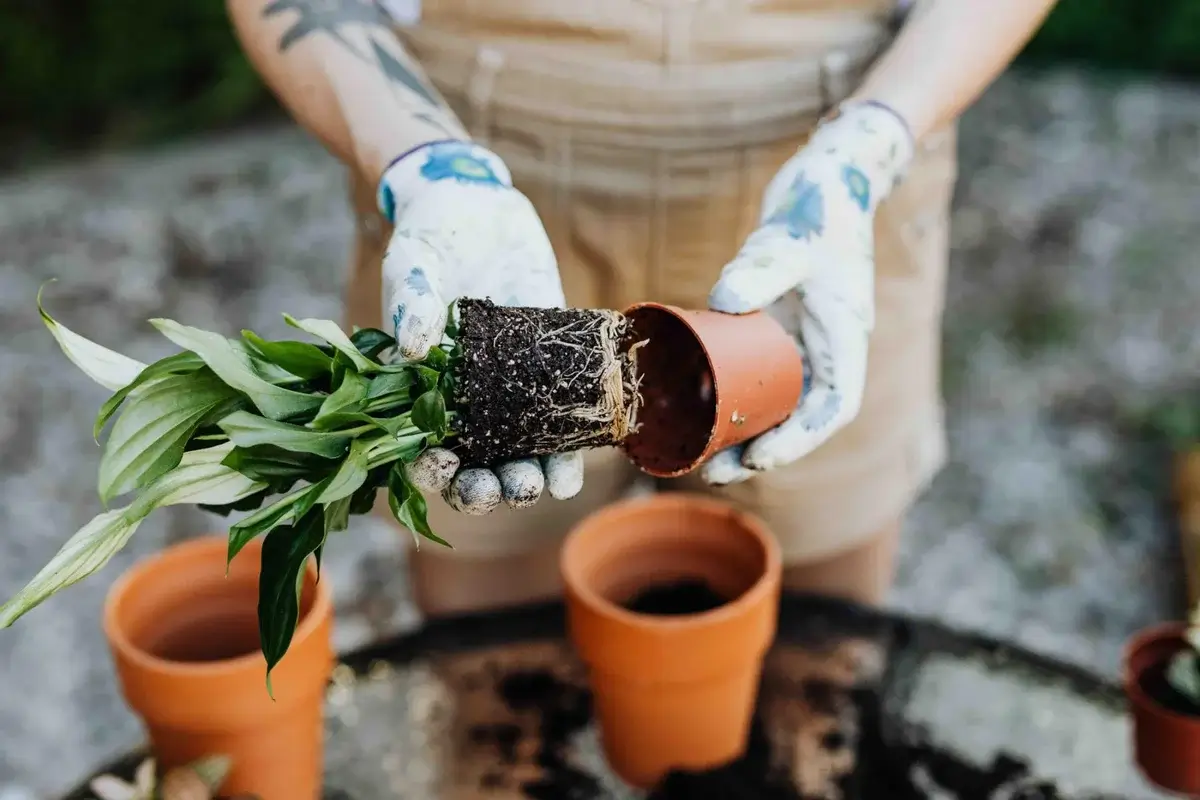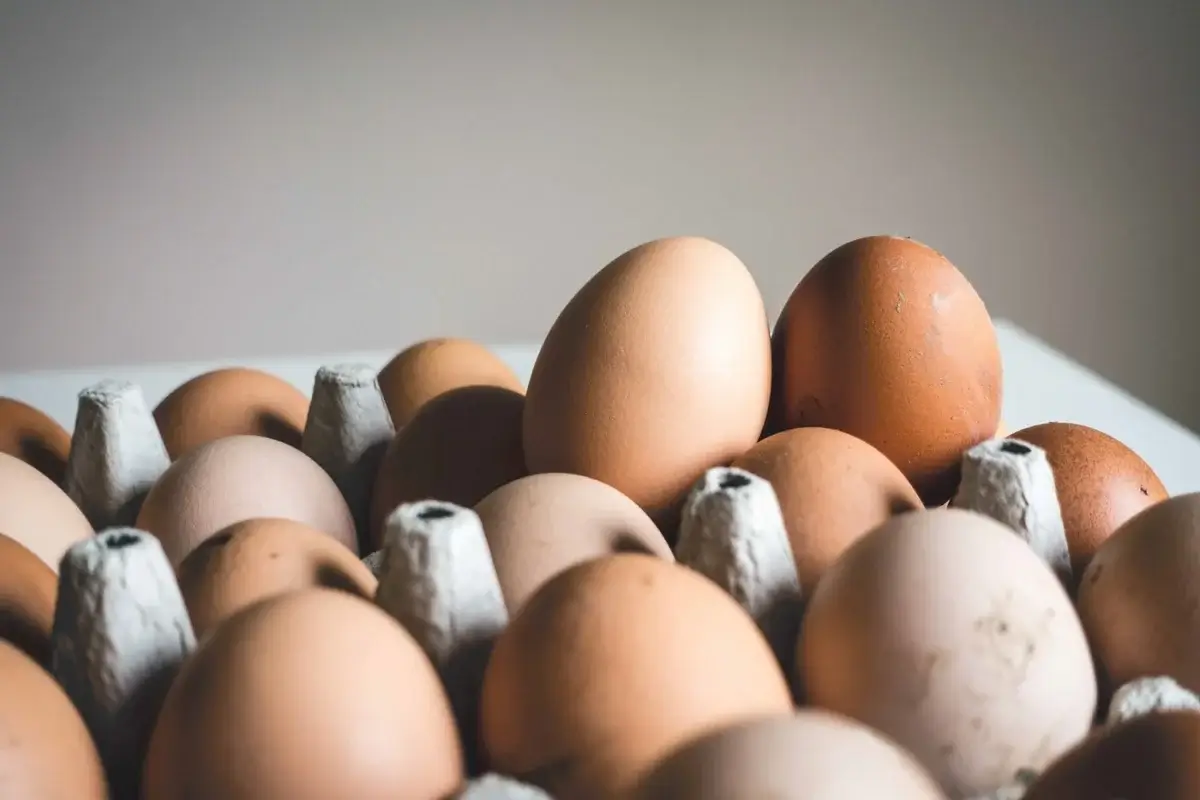If you want lovely juicy fruits and vegetables from your plants, you need to show them a bit of love. Plants need a lot of care and attention to ensure they fully thrive. Providing the basic growing conditions for plant growth is essential.
Things like providing enough water, temperature, amount of oxygen, etc, all work together. A plant cannot have one without the other, it needs a nice balance!
One of the best ways to learn this is of course by practice and trial and error. You may not get it right first time, and that is ok. Learning from your mistakes and improving for next time can be hugely rewarding, especially if you manage to grow your first fruit or veg!
Here we will look at the essential ingredients needed for optimal plant growth. For hydroponic growing, your plant will need everything it would in soil, but with a few more specific things, we will talk about them all below.
Research your plants
Before thinking about growing, you need to do a little research into the best growing conditions for what you want to grow. Some plants love the warmer seasons, some love full sun, and some will thrive in cooler conditions.
Before planting, make sure it is the right season to plant. Some plants will grow better in winter or vice versa. A good idea is to buy plants that have been specifically developed for your particular climate. Do some reading not what kind of soil or growing medium it prefers, for example some plants prefer a more acidic soil or a certain growing medium.
Water
Water is essential for all living things, including plant growth. It is the water that will carry the nutrients from the soil or nutrient solution, up through the roots and to the plant. It is important that you water your plants correctly, not too much, not too little.
Plants do not like water that is too alkaline (this can vary, depending on where you live). The best pH levels of water should sit around the 5 to 7 range.
Nutrients
For best plant growth, nutrients are key to providing everything your plant needs to thrive. Whether that is taking nutrients from soil or rich organic matter, or from a specialised hydroponic nutrient solution. As with water, it is important not to give your plants too little or too many nutrients.
The most essential nutrients for plant growth are nitrogen (N), phosphorus (P), and potassium (K). Nitrogen is what makes the leaves that lovely green colour, phosphorus helps with flowering and optimal root growth, and potassium helps with nutrient transportation and to fight off diseases.
Light
All plants need light, whether that is natural or artificial. Without light, the photosynthesis cannot happen (when the plant creates energy for plant growth and food). A lack of light will lead to stunted plant growth. It is important to know how much light your plant requires. Some plants love the full sun (like strawberries) and some can handle semi-shaded areas (like lettuce). For plants that love full sun, place them in a North facing position (or South facing, depending on which hemisphere you live in!), where they can get the best of the sun’s benefits. If you notice your plant has become long and is stretching upwards, it is a sign it needs more light.
Temperature
Temperature is important for plant growth. Again, different plants prefer different temperatures, so ask the staff at your local garden centre or do some research online about the best temperatures for your plant. Keeping your plant at the optimal temperature will ensure healthy plant growth and will reduce the risk of any damage to it.
Plants will grow better at different times of the year, so have a plan in place before you plant anything.
During the cooler months, you can grow your vegetables in soil that is around 10 to 20 degrees Celsius. During the warmer months, they will like temperatures around 21 degrees or more. You can easily buy a cheap soil thermometer, to check on the temperature of your soil.
Oxygen and carbon dioxide
Plants need air to feed themselves. They will take in carbon dioxide from the air, and turn it into sugars and starches, which creates food for the plant. Your plant should sit in a well circulated position for the best plant growth.
Plants also need oxygen, and this is taken in by the plant roots. The roots use the water around them to take in oxygen and to distribute nutrients to the rest of the plant. In soil that is waterlogged, or packed in too tight, the roots will not be able to get any oxygen. Using a growing medium that retains water, but that the same time has great drainage is optimal.
For Mr Stacky pots we recommend a ratio of 80% coco coir and 20% perlite. Coco coir has a great loose, fluffy & absorbent texture, ad it drains well. One of the best things about it is its oxygen holding properties. Even when it is fully saturated, it can still hold up to 22% oxygen! Coco coir is also very forgiving and therefore perfect for home gardeners. Perlite is great for aeration.
In hydroponic set ups where your plant is sitting in water, you will need to ensure your plant is receiving enough oxygen. This can be achieved by placing an air stone into the tank, as it will release oxygen into the water.
Pot size
Make sure you are growing your plant in the right sized pot. In a pot that is too big, your plant may have trouble getting all the nutrients, and if it is too small then the plant will not have room to grow. Be sure to check your roots once a year and separate them out if they have become too big, before re-potting to something larger. Or you could simply cut back the roots and put the plant back into the same pot.
Support for plant growth
Sometimes your plants will need some extra support, particularly when growing hydroponically. Using strings or tying your plants to stakes may be required, to give it that extra support, and to help prevent damage or breakages.
Your plants will also need space to grow, to help support optimal plant growth. You may have to prune back larger leaves at the top, so the smaller leaves can receive sunlight, or you may have to move the plant to a different position if it is too crowded.
Grow your seedlings inside
If it is not yet Spring, you can try growing your seedlings inside. Then when it finally gets to Spring, your plants will already be seedlings, as opposed to planting the seed at the start of Spring. Your plants can grow 4 to 6 weeks earlier this way! Seedlings will usually take around 4 to 12 weeks to sprout.
Put your seeds in small containers with a drainage hole and allow them to sit outside for a few hours each day. As the plants are still young, avoid the use of fertilisers as they will not be able to handle it just yet.
Taking to your plants?!
What’s this now? This may sound a bit bizarre, but some studies have shown that talking to your plants can actually help them grow! Plants respond to all kinds of environmental stimuli, and your voice may be one of them (likely due to the frequency, decimals, and vibrations in your voice). Studies are fairly limited but why not give it a try?! If you get results, be sure to let Mr Stacky know!
Use coffee!
Try saving your old coffee grounds and putting them in your soil- they are full of nitrogen which will help your plant thrive! Some studies suggest coffee could also make plants grow faster. Banana peel is another great natural food for pants (particularly for rose bushes!), as it contains a lot of potassium.
Crushed eggshells
Crush up a few eggshells and place in the bottom of your plant pot. Eggshells are great for adding nutrients into the soil. Tomato plants love them, so use for optimal plant growth. Another benefit of using eggshells is that they can prevent slugs and other creatures from getting to your plants. Another tip- coins on the ground can also keep the slugs out!
Love <3
One of the key ingredients your plant needs is loving kindness and attention from you. Keep an eye on your plant, observe it well and you will soon notice any changes or problems. This way, you can nip them in the bud before they become a real issue. Taking good care of your plants will help you get the best results.
Start with easy to grow plants
If you are a newbie to gardening or are looking to grow your own food, it is best to start with those plants that are easy to grow. Mint is a great example of this. It likes a lot of water (forgiving if you overdo it) and does not mind a bit of shade. Just try not to let it dry out!
Leafy greens, such as lettuce are great for beginner growers, and love our Mr Stacky pots, as they can grow in smaller spaces. Like mint, they do not need loads of sunlight. Tomatoes, cucumber, silver beet, and herbs are all easy to grow plants to get your started! Many of our customers grow these fruits and veggies with great success.
For more information on growers’ resources, please check out our helpful tips page. If you are interested in growing your own fruit and veggies, be sure to take a look at our most popular vertical garden.
It allows you to grow more, in a smaller space (great for balcony growers) and all you need to do it water from the top, and the water will flow down to the rest of the plants!

About the Author
Mr Stacky is the leader in Tower Garden Systems in Australia, specializing in commercial hydroponic farming, urban farming & residential vertical gardening.
Find out how he can help you achieve your food production goals. Contact Brian



